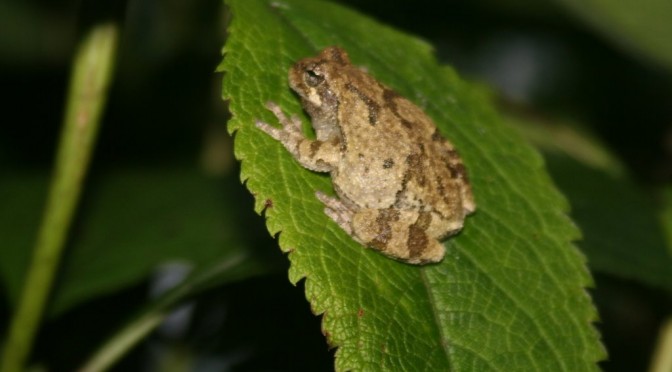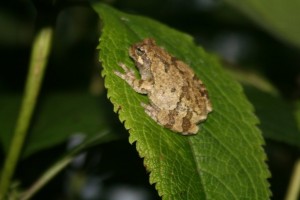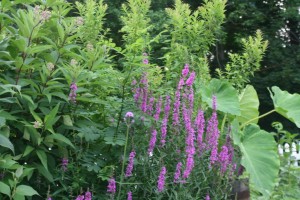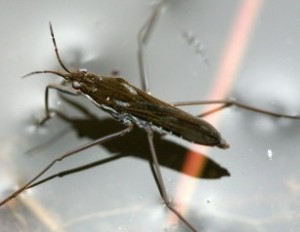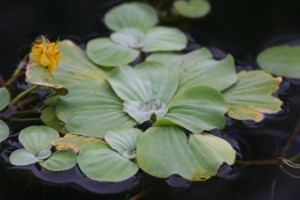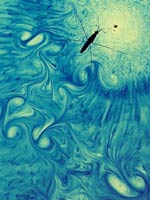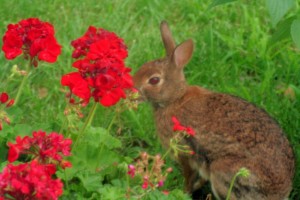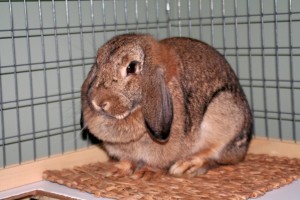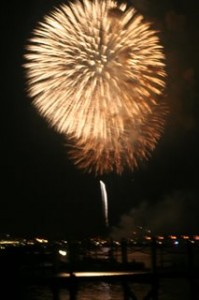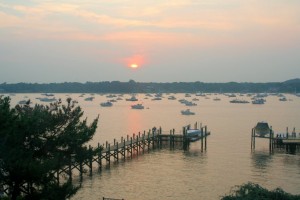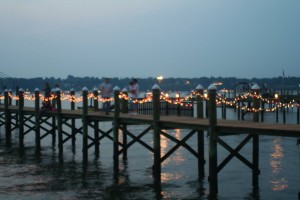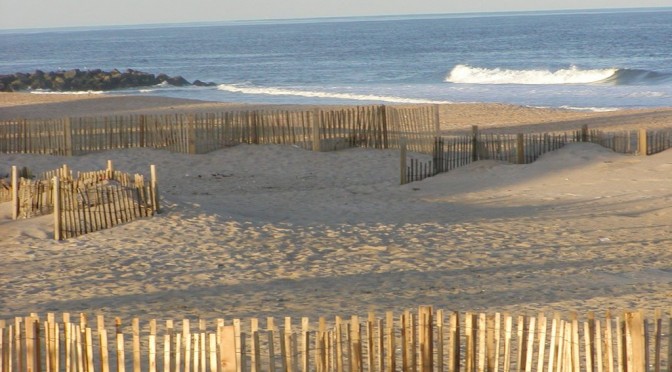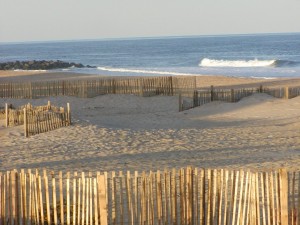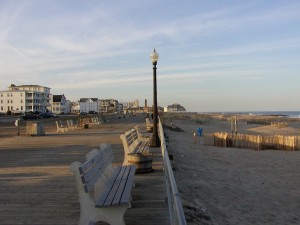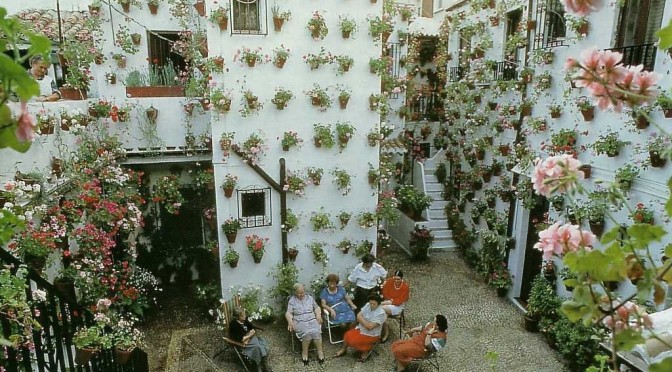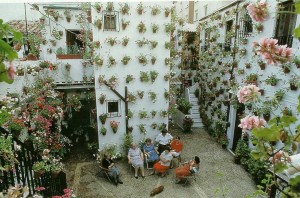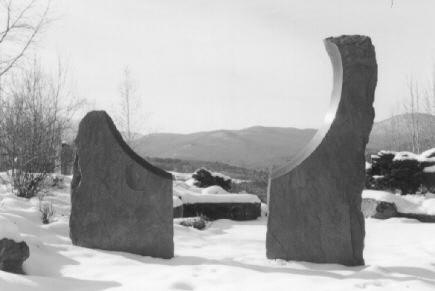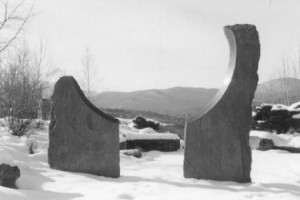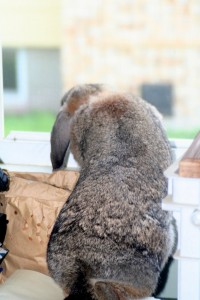 Beautiful day, but I felt like little bunny *no-name* stuck on the inside looking out. I just had to stay in and take care of mundane things like housecleaning and laundry and bill-paying. What a drag! My DH cut the lawn and then went off crabbing, but I had to stay behind and *get something accomplished* – not very good at that lately. Blame it on the lazy days of summer, I guess.
Beautiful day, but I felt like little bunny *no-name* stuck on the inside looking out. I just had to stay in and take care of mundane things like housecleaning and laundry and bill-paying. What a drag! My DH cut the lawn and then went off crabbing, but I had to stay behind and *get something accomplished* – not very good at that lately. Blame it on the lazy days of summer, I guess.
The stray bunny is still here and is settling in, sort of. She (I’m guessing) is badly in need of a *fix* – I’m nearly certain that she was dumped by someone who couldn’t deal with the negative behaviors associated with sexual maturity in a rabbit. Most folks won’t even consider spending the money to neuter a rabbit. Too bad really, because neutering is the key to a good houserabbit. I can put up with the boxing, grunting, and circling because I understand what it’s about and that it’s a temporary behavior and how to fix it. I’ve scheduled an appointment with the vet for her to be spayed later this month – until then I just have to put up with a sex-crazed bunny. It’s sad to think of all the hutch bunnies that spend their lives in such a state! She’s given me quite a scare today, pulling out a mess of fur from her belly and arranging it with scattered hay in her litterbox to make a nest. I’m praying that she’s not already pregnant and is just practising.
As if nest-building weren’t entertaining enough while trying to get the house cleaned, Cric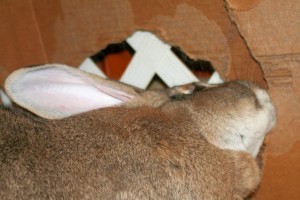 ket, destroyer of cardboard boxes, got into a tussle with the vacuum cleaner while I wasn’t paying attention. She isn’t afraid of it at all, unlike Boomer who runs for the other end of the porch. Any time I try to vacuum their bed, she pushes the vacuum hose out and tries to bite it. This afternoon while vacuuming I set the hose down to move their toys out of the way and turned around to find the hose attached to sweet Cricket’s face! Poor thing – I couldn’t stop laughing, but felt so guilty for doing it! Gotta wonder if she’ll ever try that move again.
ket, destroyer of cardboard boxes, got into a tussle with the vacuum cleaner while I wasn’t paying attention. She isn’t afraid of it at all, unlike Boomer who runs for the other end of the porch. Any time I try to vacuum their bed, she pushes the vacuum hose out and tries to bite it. This afternoon while vacuuming I set the hose down to move their toys out of the way and turned around to find the hose attached to sweet Cricket’s face! Poor thing – I couldn’t stop laughing, but felt so guilty for doing it! Gotta wonder if she’ll ever try that move again.
